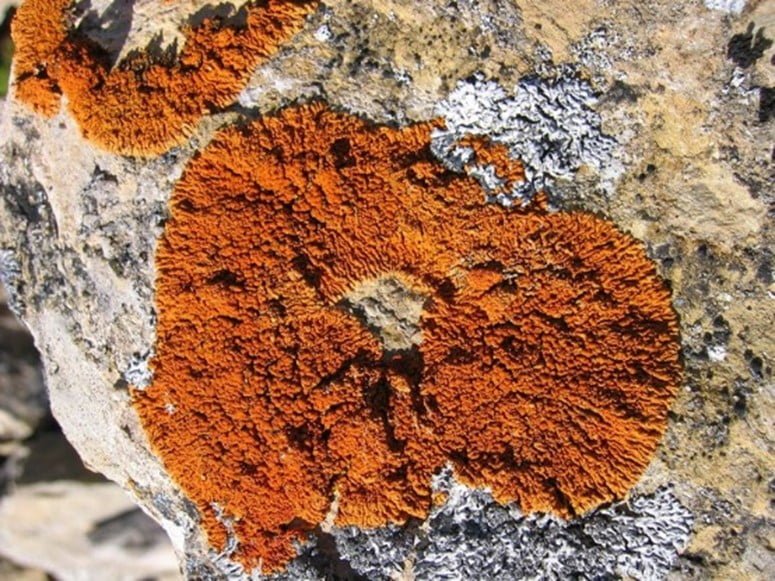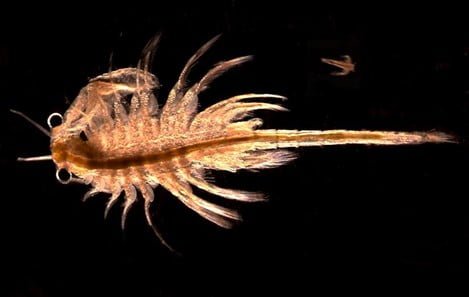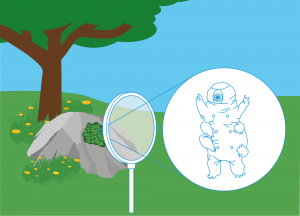Could life survive in alien environments? – Defining environments suitable for life
In this activity, students will consider whether life found in extreme environments on Earth could survive elsewhere in the Solar System.
Students will examine the characteristics of different places in the Solar System and then use fact cards of some example extremophiles to hypothesise which they think might be able to survive in the different extra-terrestrial environments.
Learning Objectives:
Age range:
13 – 16 years old
Time
Lesson: 1 hour
Resource available in:
Activity 1: Life in space?
In this activity, students will first consider what abiotic factors to investigate when searching for extra-terrestrial life and then examine the characteristics of different Solar System environments.
Students will next be introduced to extremophiles and hypothesize which could possibly survive on the different Solar System bodies they investigated.
Equipment

Did you know?
Artemia franciscana, or Brine Shrimp, are primitive crustaceans found in inland salt water lakes such at the Great Salt Lake in the USA.
Brine Shrimp eggs can survive for 2 years in dry, oxygen-free conditions, and were flown on ESA’s Biopan 2 mission. They were found to be able to endure the low pressure environment of a vaccuum in space, and temperatures below freezing.
Brine Shrimp eggs can survive for 2 years in dry, oxygen-free conditions, and were flown on ESA’s Biopan 2 mission. They were found to be able to endure the low pressure environment of a vaccuum in space, and temperatures below freezing.

Artemia franciscana, also known as Brine Shrimp
Keywords:

Space Bears – Lab-experience with Tardigrades
Brief description: In this set of experimental activities, students will investigate the survival abilities of tardigrades, also known as water bears. They will expose conditions

Power from Sunlight – Powering space exploration with solar energy
Brief description: In this set of activities, students will learn about two concepts that influence solar panel design for space missions: the inverse square law

Robotic Arm – Become a space engineer for a day
Brief description: In this activity, students will learn how their arm works and build a robotic arm inspired on it. Students will understand the different



